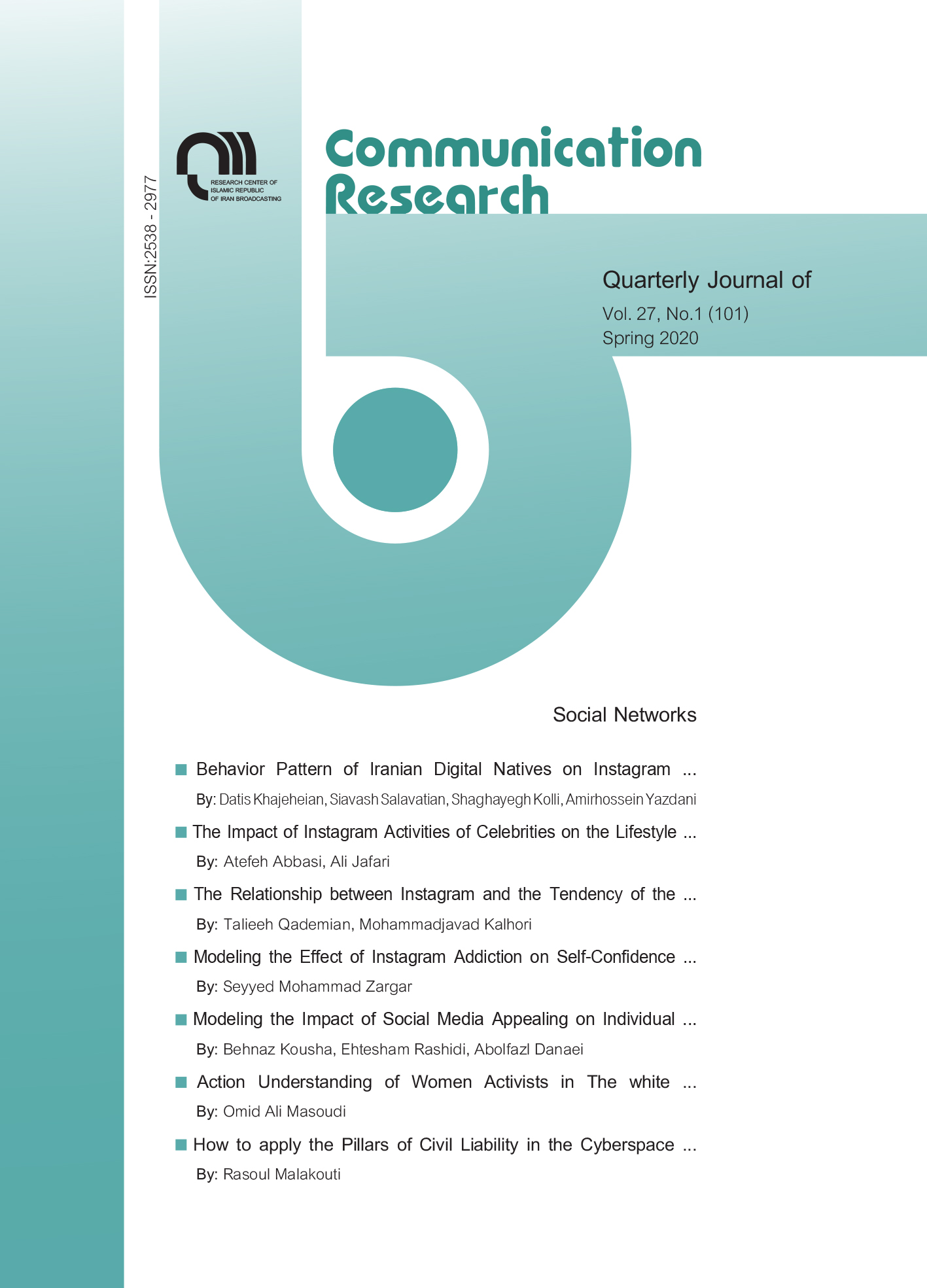Document Type : Original Article
Authors
1 Assistant Prof. in Media Management, Tehran Uni.
2 Assistant Prof. in Media Management, IRIB Uni.
3 Media Management
4 Computer Sciences
Abstract
The generation born from 1995 to 2012 is known as "digital natives" or "Z generation." A generation coexisted with the Internet and social media since birth, so their behavioral patterns are expected to be different from those of previous generations. In this research, data on the Iranian "digital natives" on Instagram, which is considered one of the most popular social networks in Iran, was examined through extracting big data using the SEMMA method. 534 users were selected using the available sampling, and their activities were extracted and analyzed over one month through Application Programming Interface. The results showed that this generation uses single images more than other forms, such as video clips and albums. Their commenting and liking behaviors follow specific patterns. Along with the results provided to help policymakers, cultural managers, media entrepreneurs, and app designers, there is a proposed theory called Functional Freezing that can be tested in future research.
Keywords
Main Subjects

